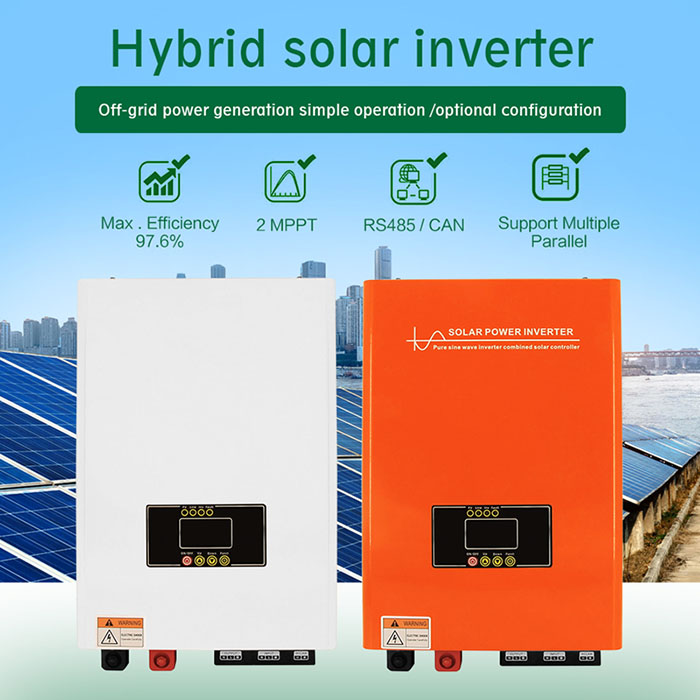What are the differences between high-frequency inverter and power frequency inverter?
 May 19,2022
May 19,2022

 Rekesun
Rekesun



 Home
Home
 Matters needing attention in the safety of Photovoltaic power station
Matters needing attention in the safety of Photovoltaic power station 







 syplighting.en.alibaba.com
syplighting.en.alibaba.com



